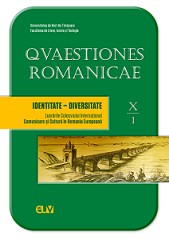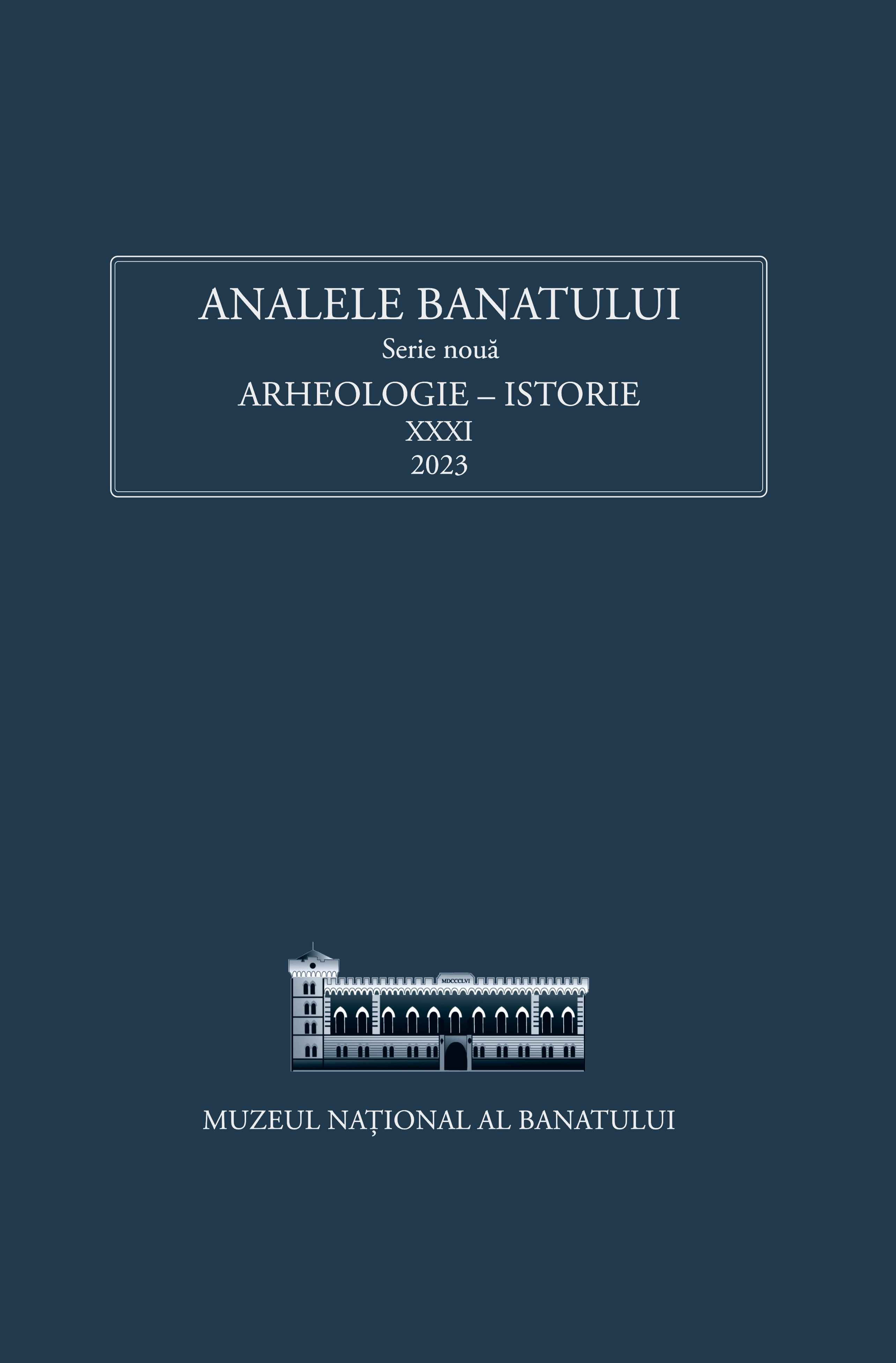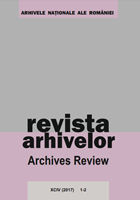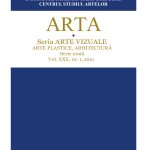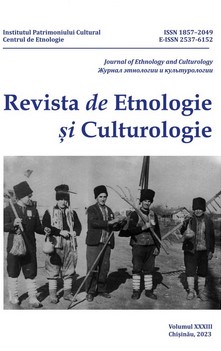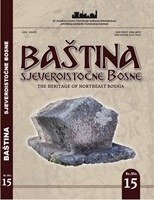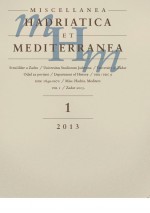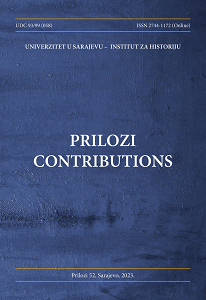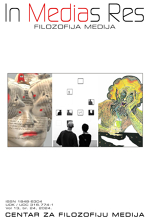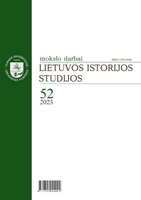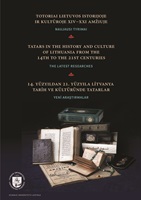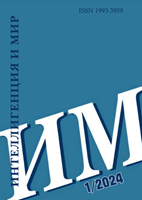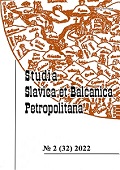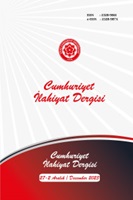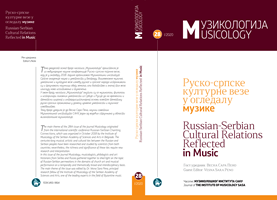
Руски триодни стихирар с краја XII века – рукопис Хиландар 307
MS Hilandar 307, a triodion sticherarion from the late 12th century, is one of the oldest Slavonic manuscripts kept at Hilandar. The manuscript has not survived in its entirety – it is missing the first part which contained stichera of the Lenten cycle; the extant part contains the pentecostarion cycle of stichera. It was written in the Russian recension. The manuscript has probably been kept at the monastery ever since its establishment and could have been even procured by St. Sava at the time of the formation of the monastery library. Its presence at the Serbian monastery confirms that there were no linguistic or practical liturgical obstacles to its use in religious services. Since the Serbian manuscript heritage does not include surviving sticheraria as a type of liturgical book, its content is highly interesting. This paper explores the interrelationship between the sticherarion and corresponding services in the oldest Serbian triodion, copied in the first half of the 13th century and now kept in the National Library of Russia in Saint Petersburg (F. п. I. 68). Two services were selected as examples – the service for the Mid-Pentecost (Midfeast) and the service to the Holy Fathers of the First Ecumenical Council. An initial careful comparison already revealed the appearance of different translations of the texts shared by both manuscripts. Also, it was found that only a part of stichera in the sticherarion appear in full triodion services, in which stichera make up just one segment of the service as a complex hymnographic ensemble.
More...
